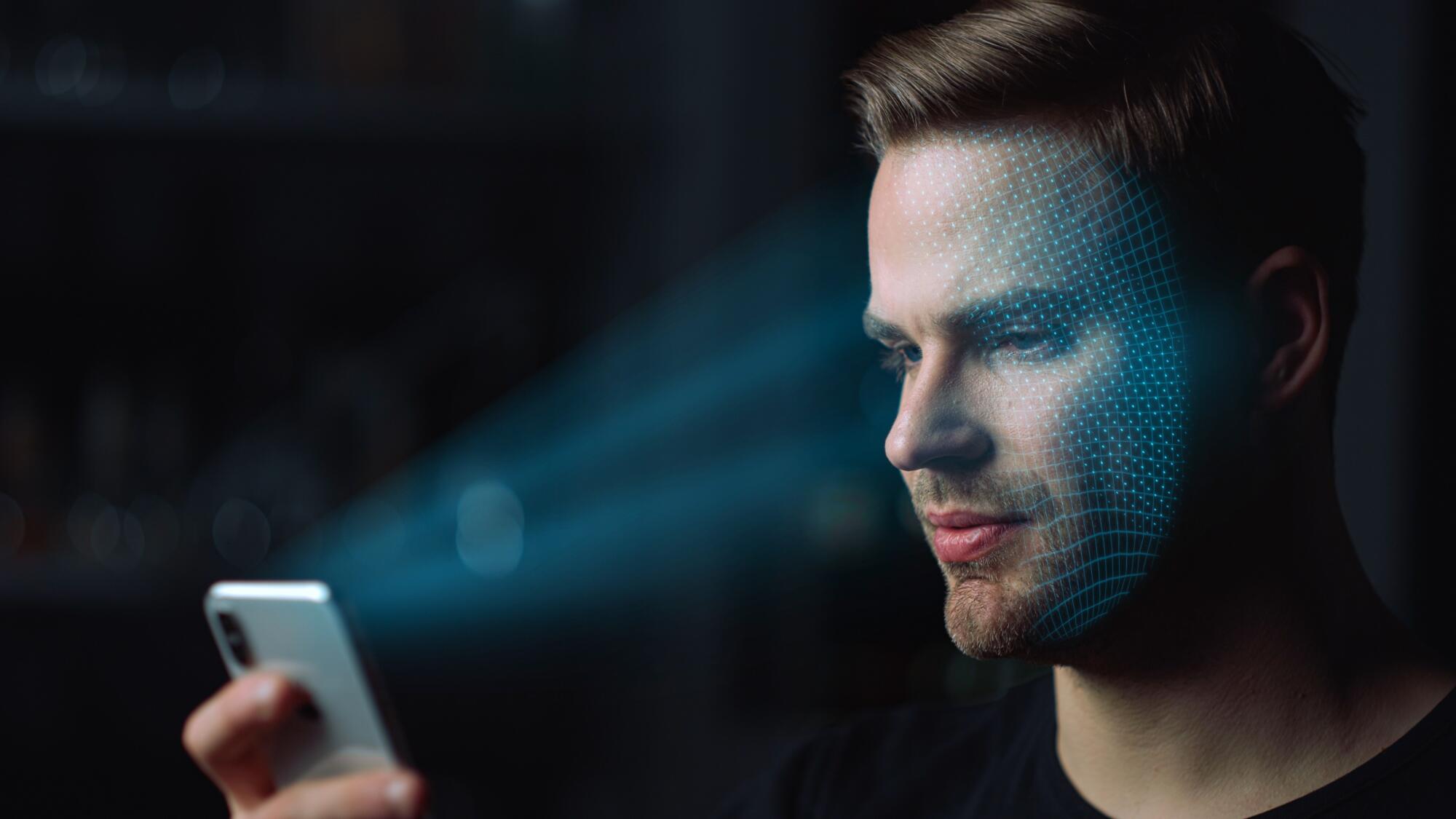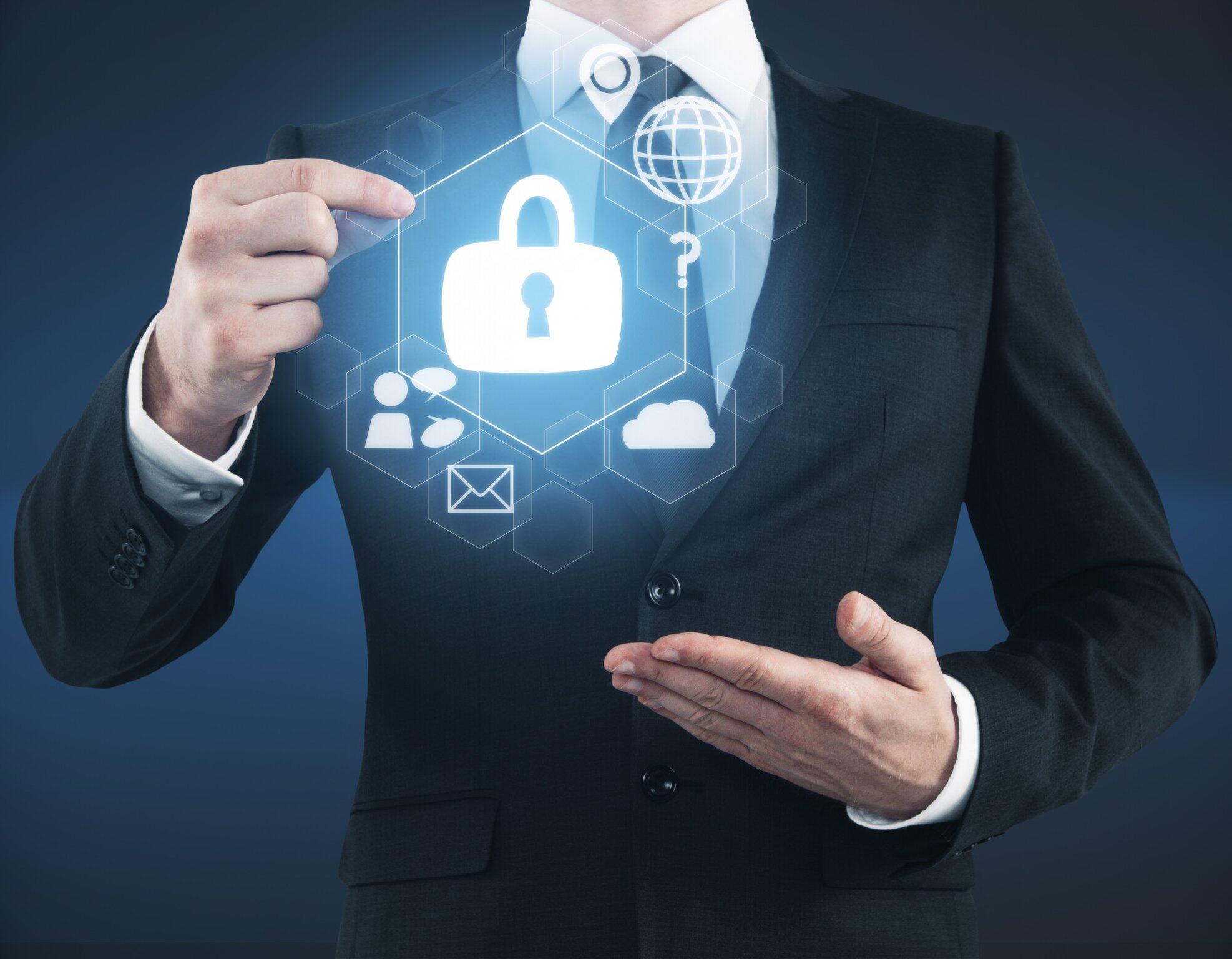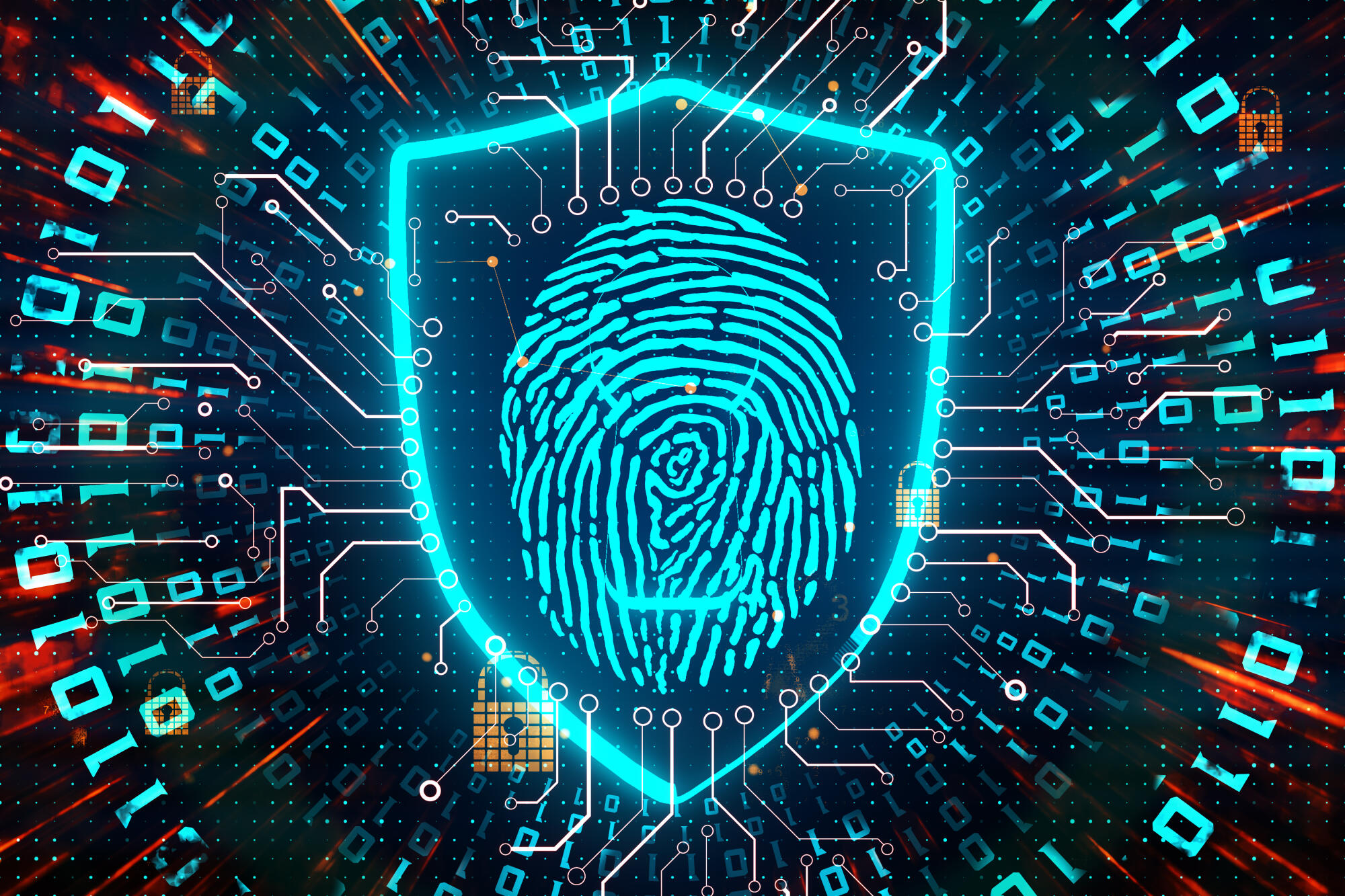Biometric tracking is a simple way to measure and record unique physical traits, like fingerprints or facial features. According to Spiceworks, an IT professionals network, 62% of companies are now using at least one form of biometric technology in the workplace. This means more than half of businesses are tapping into the power of biometric tracking to boost productivity and security.
In this article, you’ll discover eight practical ways biometric tracking is securing workspaces around the nation. From making sure only the right people can enter a building to helping employees stay healthy, these applications are pretty impressive.
1. Accurate Time and Attendance Tracking
Old-fashioned time clocks where employees punch in with paper cards are becoming a thing of the past. Biometric tracking technology offers a modern solution that enhances accuracy and efficiency. With biometric systems, you can eliminate time theft and buddy punching entirely. Employees use their fingerprints or facial features to clock in, ensuring that only they can record their attendance.
This real-time employee monitoring provides valuable insights for managing workforce attendance. Any manager can easily see who is clocked in at any given moment, making it simpler to manage shifts and ensure proper staffing levels. This eliminates the uncertainty of whether someone is running late or forgot to clock in, as the system automatically tracks attendance.
2. Enhanced Security Access Control
Keeping your workplace secure is a top priority, and biometric security systems offer powerful solutions. Facial recognition technology transforms building entry into a seamless and highly secure access system. Employees simply approach the entrance, and the system quickly scans and verifies their identity. This process alleviates the need to deal with lost key cards or forgotten PIN codes.
For areas requiring extra protection, fingerprint scanning devices provide an additional layer of security. These can be installed at:
- Entrances to server rooms
- Executive offices
- Other sensitive locations
Biometric systems ensure that only authorized personnel gain access while keeping a detailed log of entry times and individuals.
3. Tailored Pay Policies for All Employee Types
Biometric tracking helps manage pay policies for both exempt and non-exempt employees more accurately. By using fingerprint or facial recognition, you can easily track when employees start and end their workday. This is especially helpful for non-exempt workers who need to be paid for overtime. The system can also remind exempt employees to take required breaks, helping the company follow labor laws.
Moreover, with biometric data, payroll becomes more precise and fair. The system can automatically calculate hours worked, reducing errors in paychecks. This makes it easy to ensure everyone is following all the rules and treating team members fairly.
4. Guaranteed 40-Hour Minimum
Biometric tracking can ensure all employees get their guaranteed 40-hour minimum, as required by some labor laws. If an employee doesn’t reach 40 hours in a week, the system can automatically notify you of the problem. This works for both salaried and non-exempt employees, making sure everyone gets paid fairly.
Employees benefit too, as they can trust they’ll always get paid for the 40 hours they were promised upon hire. This creates a more secure and fair work environment for everyone.
5. Efficient Project Management
Managing projects effectively is a top priority for organizational success, and biometric tracking can significantly enhance this process. Biometric data can be connected to project management tools for precise tracking of time spent on various tasks, leading to more accurate resource allocation and improved productivity. As employees work on different projects, their time can automatically logged without the need for manual input, reducing errors and saving valuable time.
From an HR perspective, efficient project management through biometric tracking offers several benefits. For instance:
- You’ll have access to detailed data for performance reviews, making the evaluation process more objective and fair
- You can use the insights to address skill gaps, enhancing overall team performance
6. Seamless IT System Access
Managing employee access to various IT systems can be a complex task, but biometric tracking simplifies the process significantly. Biometric login capabilities allow employees to access multiple applications and systems with a single fingerprint scan or facial recognition, eliminating the need for numerous passwords.
Moreover, implementing biometric access also streamlines the onboarding and offboarding processes. When a new employee joins, you can quickly grant them access to all the necessary systems without creating multiple accounts. Similarly, when an employee leaves, revoking access becomes a simple, one-step process, enhancing security and reducing the risk of unauthorized access post-employment.
7. Personalized Training and Development
Biometric tracking can help create personalized training programs based on how each person learns and performs. By looking at how employees use training materials, you can see which methods work best for them. For example, some might learn better with videos, while others prefer hands-on activities.
Using biometric insights can also make your training programs more effective. You’ll be able to focus resources on areas where employees need the most help. Plus, when training is tailored to individual needs, employees are more likely to feel satisfied and stay with the company longer.
8. Compliance and Auditing
Biometric tracking makes it easier to follow rules and be ready for audits by keeping accurate, tamper-proof records of work hours and activities. You won’t have to worry about missing time cards or mistakes in manual data entry. The system automatically records when employees start and finish work, take breaks, and even switch between different tasks.
When it’s time for an audit, you can quickly pull reports showing how many hours each employee worked, including overtime. For salaried employees, the system can prove they’re meeting their 40-hour minimum while also tracking any extra hours. Labor inspectors will appreciate the clear, detailed records that biometric tracking provides.
Experience the Benefits of Biometric Tracking
Biometric tracking is changing the way companies manage their workforce, making your job easier and more effective. With tools like TimeTrak, you can bring these powerful features to your organization today. TimeTrak offers a user-friendly platform that connects seamlessly with existing HR systems, allowing you to start reaping the benefits of biometric tracking right away.
Don’t let your company fall behind in the rapidly evolving world of HR technology. Get started with a free trial, so you can experience the benefits firsthand without any risk.





